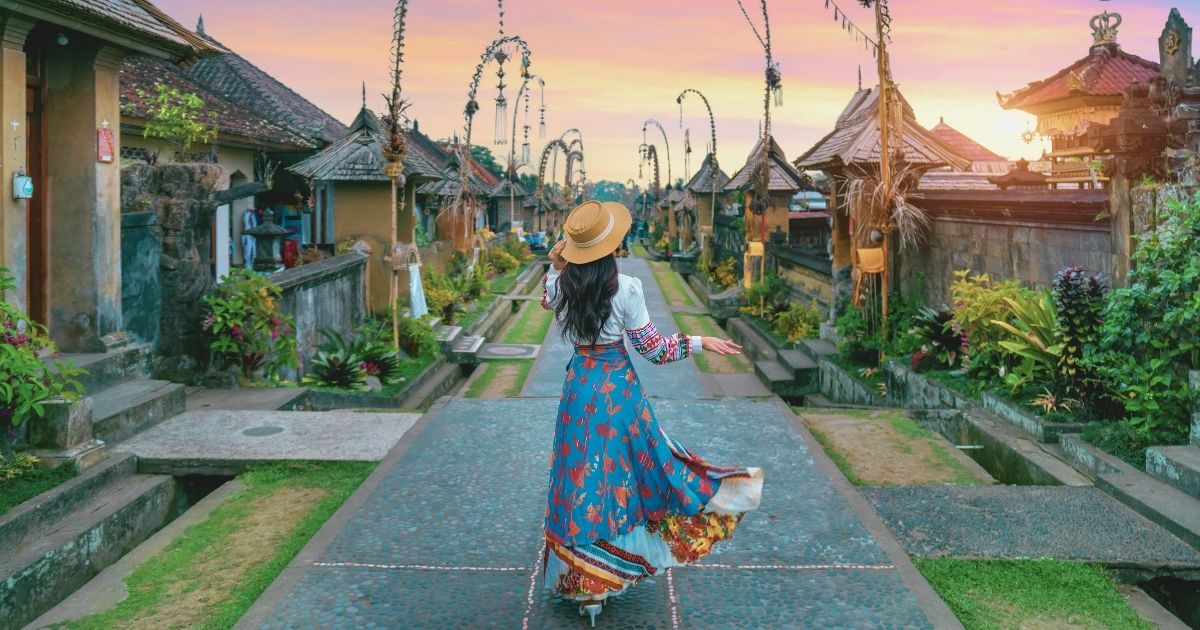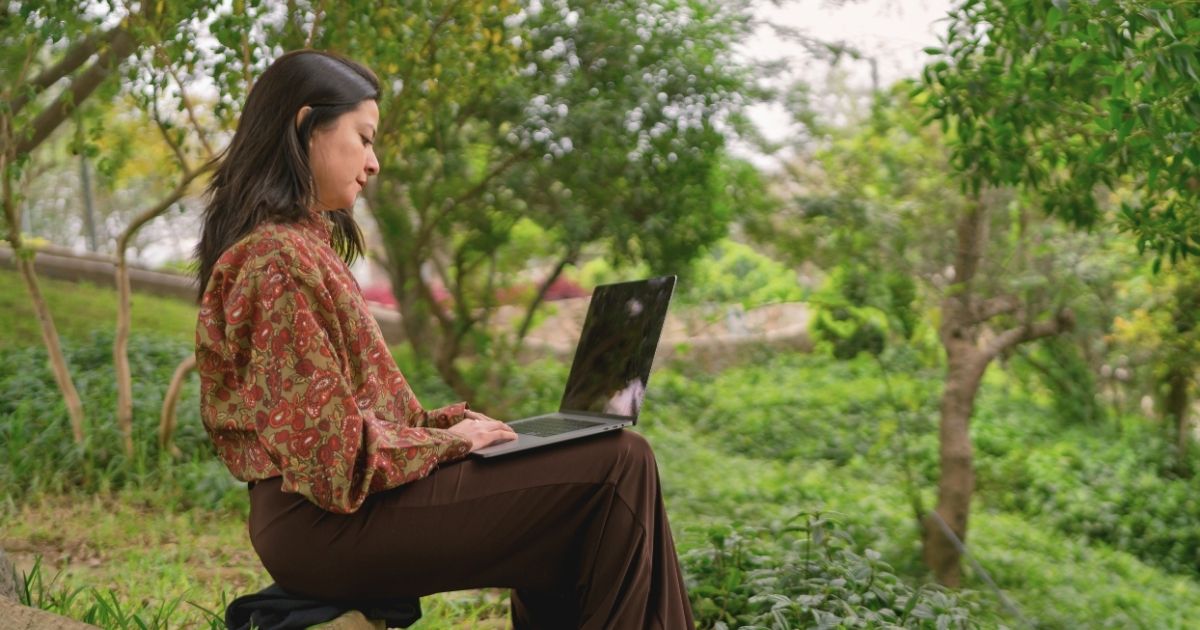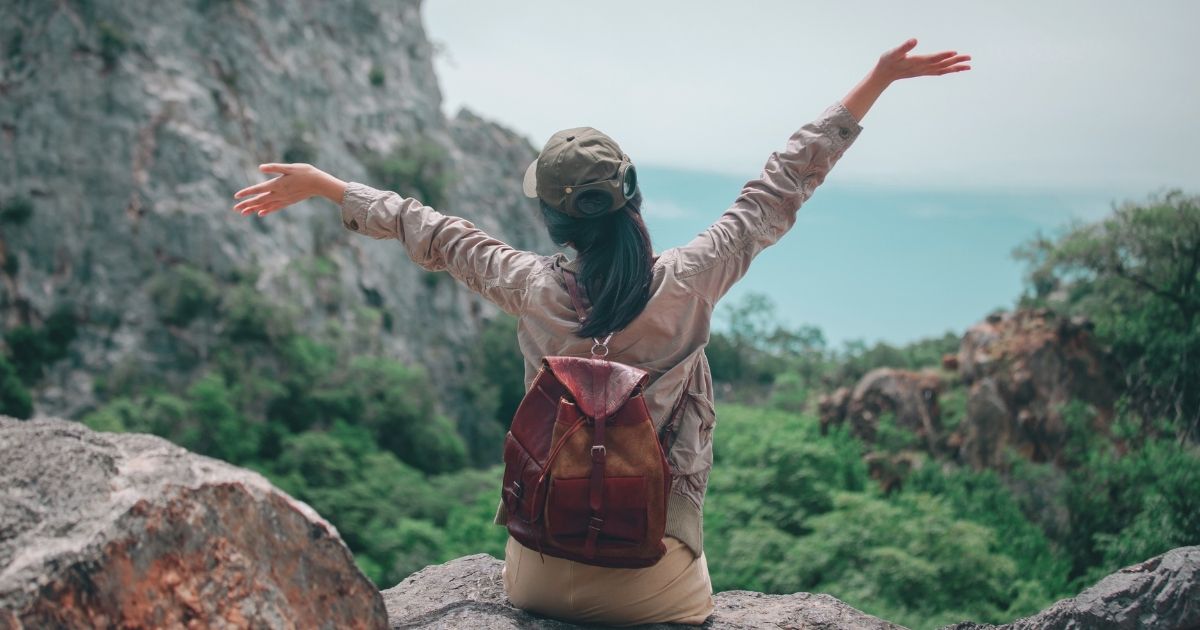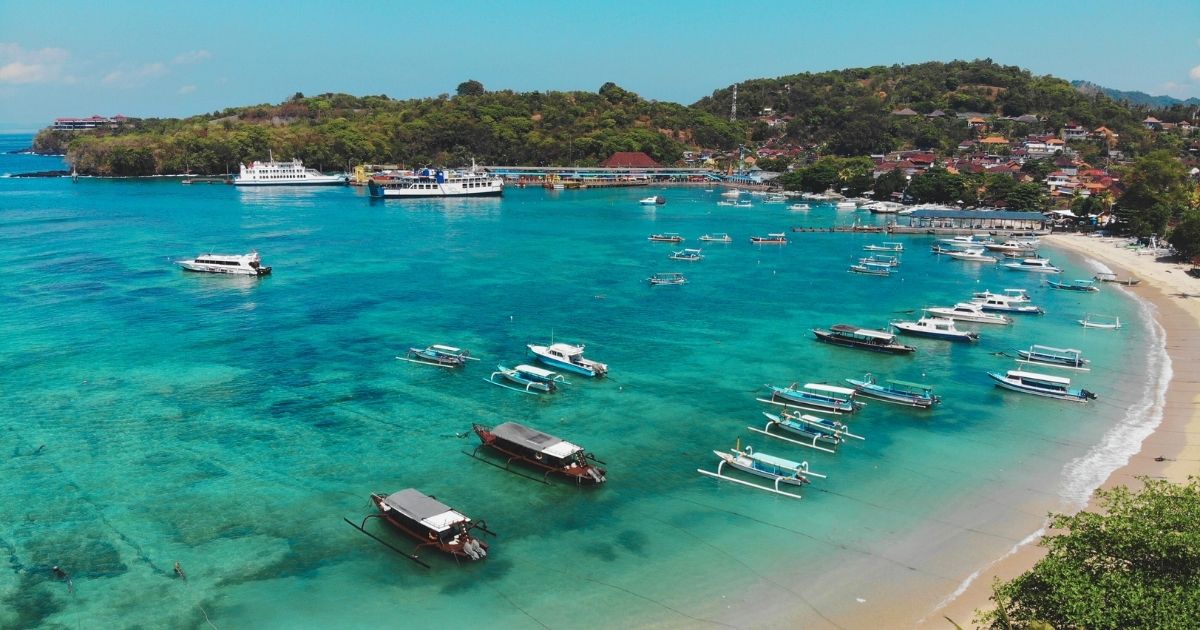Understanding what to wear in Bali requires navigating the island’s tropical climate, cultural expectations, and diverse activity options. From temple visits requiring modest attire to beach clubs calling for stylish swimwear, your clothing choices significantly impact both comfort and cultural appropriateness.
Bali’s unique position as both a traditional Hindu-Balinese cultural center and international tourism hub creates specific dress requirements that vary dramatically depending on your activities. The island’s tropical climate means lightweight, breathable fabrics are essential, while cultural sensitivity demands modest coverage in religious settings. Whether you’re planning a vacation or an extended stay as a digital nomad, mastering what to wear in Bali ensures you’ll look appropriate, feel comfortable, and show respect for local customs.
Understanding Bali’s climate and seasonal clothing needs
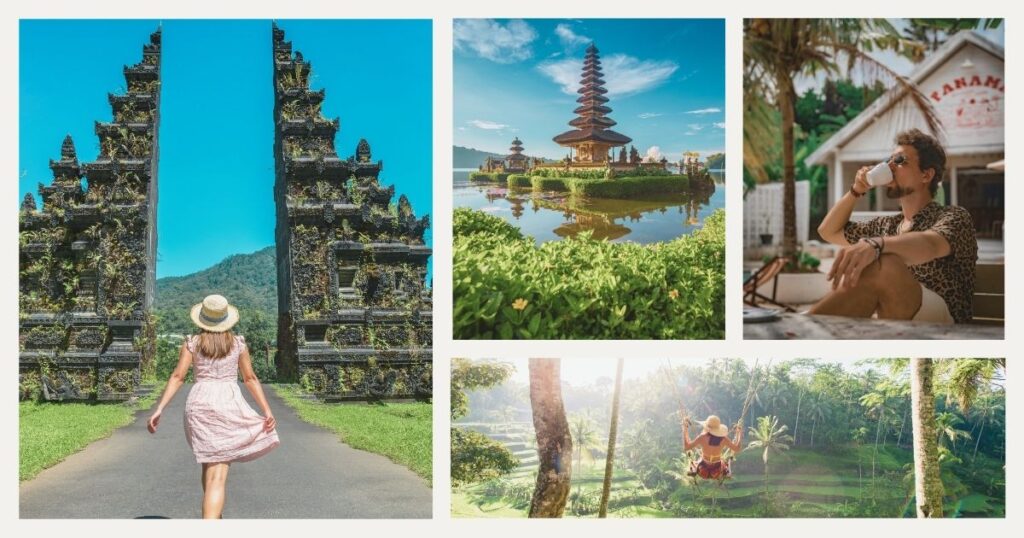
The tropical climate significantly influences what to wear in Bali throughout the year, with distinct wet and dry seasons creating different clothing requirements for optimal comfort and practicality.
Dry season clothing (April to October)
The dry season represents Bali’s peak tourist period, characterized by minimal rainfall, lower humidity, and abundant sunshine. Temperatures consistently range from 24°C to 30°C (75°F to 86°F), with coastal areas feeling warmer due to ocean humidity.
Lightweight, breathable fabrics become essential during dry season visits. Cotton, linen, and moisture-wicking synthetic materials provide the best comfort for extended outdoor activities. Pack multiple changes of clothing since frequent showers become necessary in tropical heat.
🌟 Pro tip: elevation changes significantly affect temperature. Ubud and mountain areas can be 5-8°C cooler than coastal regions, especially during early morning and evening, so pack light layers.
Wet season considerations (November to March)
Bali’s wet season features intense tropical downpours interspersed with sunny periods. Humidity increases dramatically, making fabric choice and quick-dry capabilities crucial for maintaining comfort.
Waterproof and quick-dry clothing becomes essential during wet season visits. Synthetic materials like polyester blends dry much faster than cotton, which can remain damp for hours in high humidity. Include waterproof jackets, covered footwear, and protective gear for electronics.
💡 Did you know? Many experienced travelers prefer visiting Bali during wet season for fewer crowds, lush green landscapes, and significantly lower accommodation prices.
Cultural and religious dress requirements
Understanding what to wear in Bali includes respecting the island’s deeply rooted Hindu-Balinese culture, which maintains specific dress codes for religious sites and traditional ceremonies that all visitors must observe.
Temple and sacred site attire
Balinese temples require modest clothing that covers shoulders, knees, and midriff for all visitors. This dress code applies to major tourist temples like Tanah Lot and Uluwatu, as well as smaller local temples.
Appropriate temple clothing includes long pants or skirts that cover knees completely, shirts with sleeves that cover shoulders, and closed-toe shoes when possible. Many temples provide sarongs for rent, but bringing your own ensures better fit and convenience.
Tank tops, shorts, mini skirts, and revealing clothing are never acceptable in temple settings. Even during hot weather, modest coverage remains required, making lightweight, breathable fabrics essential for comfort.
🌟 Pro tip: choose temple attire that serves multiple purposes – lightweight long pants and long-sleeved shirts provide sun protection, mosquito defense, and cultural appropriateness.
Traditional ceremony participation
Special ceremonies like weddings, religious festivals, and cultural events often have specific dress requirements beyond basic modesty standards. Traditional Balinese clothing may be expected for significant cultural events.
Consider renting or purchasing traditional Balinese attire such as kebaya (traditional blouse) for women or safari shirts for men. Many clothing shops in tourist areas offer ceremony-appropriate clothing rentals with proper accessories.
When participating in cultural events, ask local hosts about appropriate attire expectations. Showing effort to dress appropriately demonstrates respect for Balinese culture and often leads to more meaningful cultural interactions.
Beach and resort wear
Coastal areas and resort settings provide more relaxed dress codes, but understanding what to wear in Bali’s beach environments still requires balancing style, sun protection, and appropriate coverage for different venues.
Beachwear essentials
Bali’s stunning beaches welcome standard swimwear, including bikinis, one-pieces, and board shorts. However, coverage expectations vary between different beach areas and establishments, with upscale beach clubs maintaining higher standards.
Quality swimwear becomes essential for extended beach activities. Include multiple swimwear options since saltwater and chlorine can damage suits quickly. Quick-dry board shorts and rash guards provide sun protection while maintaining appropriate coverage.
Beach cover-ups serve multiple purposes, providing modesty when walking between beach and dining areas, sun protection during extended outdoor time, and temperature control in air-conditioned spaces.
Upscale beach club and resort attire
High-end beach clubs and resorts maintain dress codes that prohibit overly casual beachwear in dining areas. Smart casual attire becomes expected once you leave pool zones, especially during evening hours.
Include resort-appropriate clothing such as sundresses, polo shirts, and closed-toe shoes for upscale venue dining. Many beach clubs require covered shoulders and closed footwear in restaurant areas.
Evening resort wear should include slightly more formal options like cocktail dresses and dress shirts for fine dining restaurants. Research specific venue dress codes before visits to avoid disappointment.
💡 Did you know? Many Bali beach clubs transform from casual day venues to sophisticated evening establishments, with dress codes becoming stricter after sunset.
Activity-specific clothing recommendations
Different activities throughout Bali require specialized clothing choices, making it essential to understand what to wear in Bali for hiking, water sports, cultural tours, and other popular island experiences.
Adventure and outdoor activities
Volcano hiking and jungle trekking require sturdy footwear, protective clothing, and weather-appropriate gear. Mount Batur sunrise treks begin in pre-dawn darkness with temperatures potentially 10°C cooler than coastal areas.
Hiking boots with good ankle support prevent injuries on volcanic rock and muddy trails. Long pants protect against scratches and insect bites, while moisture-wicking shirts help manage temperature changes during climbs.
Include headlamps for early morning hikes, waterproof jackets for weather changes, and extra clothing layers. Many tour operators provide some equipment, but personal gear ensures a better fit and comfort.
Water sports and marine activities
Snorkeling, diving, and surfing require specialized clothing that provides sun protection and temperature control in tropical waters. Rash guards with UV protection prevent both sunburn and jellyfish stings during extended water activities.
Water shoes protect feet from coral, rocks, and sea urchins while providing grip on wet surfaces. Many beaches have sharp coral fragments that can cause serious injuries to bare feet.
Ensure seamless connectivity for your water activity bookings and safety communications with Holafly’s reliable mobile data services, providing consistent internet access across Bali’s coastal regions without depending on potentially unreliable beachside WiFi connections.
🌟 Pro tip: bring reef-safe sunscreen and clothing with built-in UV protection to protect both your skin and Bali’s marine ecosystems.
Digital nomad and professional attire
For digital nomads and remote workers, understanding what to wear in Bali extends beyond vacation clothing to include professional attire for coworking spaces and business meetings.
Bali’s coworking spaces maintain casual dress codes, but professional appearance still matters for networking events and client calls. Smart casual attire works well for most professional settings.
Include business casual options such as collared shirts, blouses, and closed-toe shoes for important meetings. Many coworking spaces have air conditioning, making light layers useful for temperature transitions.
Long-term living considerations
Extended stays require versatile clothing that transitions between work, social activities, and leisure time. Focus on quality, multi-purpose pieces that withstand frequent washing in tropical conditions.
Investment in locally-made clothing provides better tropical climate adaptation while supporting the local economy. Balinese tailors create custom clothing designed for local weather conditions at reasonable prices.
💡 Did you know? Many successful digital nomads in Bali maintain minimal wardrobes while maximizing versatility, often purchasing locally-made pieces that perform better in tropical climates.
Shopping and local fashion in Bali
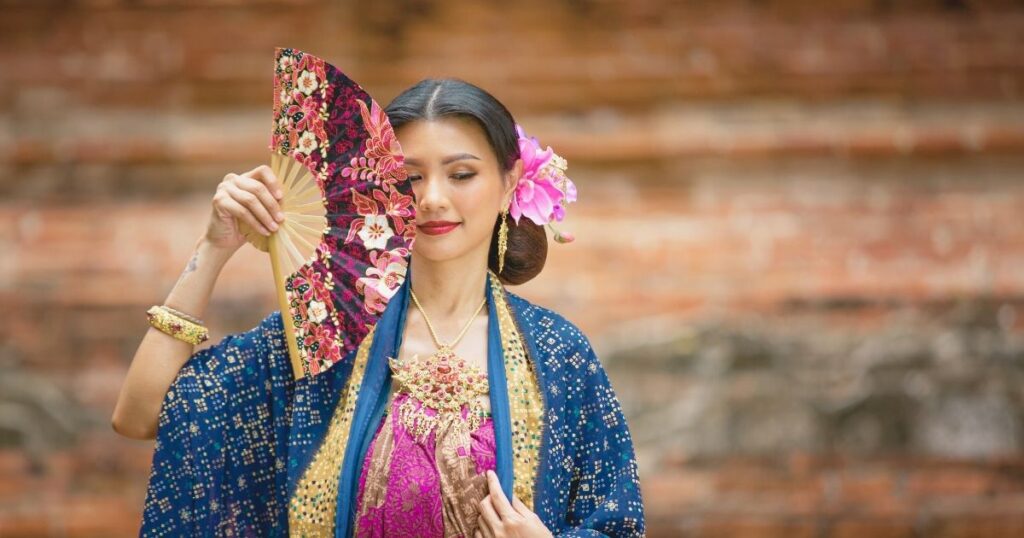
Understanding what to wear in Bali includes knowing where to find appropriate clothing locally, whether for forgotten items or authentic Indonesian fashion pieces.
Ubud Market offers traditional Balinese clothing and handmade textiles perfect for cultural events. Prices are negotiable, and quality varies significantly. Seminyak and Canggu feature boutiques selling modern, Western-style clothing designed for tropical climates.
Bali’s numerous tailors create custom clothing at reasonable prices. Allow several days for fittings when ordering custom pieces, and research tailor reputations before commissioning expensive items.
🌟 Pro tip: bring photos of desired styles when working with local tailors to ensure clear communication about expectations and final results.
Final thoughts
Mastering what to wear in Bali requires balancing practical considerations like climate and activities with cultural sensitivity and personal style. The key lies in choosing versatile pieces that transition smoothly between different settings while respecting local customs.
Remember that Bali offers excellent shopping opportunities for forgotten items or local additions to your wardrobe, so focus on bringing essential pieces while leaving room for authentic Indonesian fashion discoveries.
Whether you’re planning a short vacation or considering a long-term stay as a digital nomad, understanding local dress customs and climate requirements will enhance your Bali experience significantly. For those planning extended stays, explore comprehensive information about accommodation options for digital nomads to complement your wardrobe planning with suitable living arrangements.
Ready to start your Indonesian adventure with confidence? Let Nomada guide you through every aspect of your journey! 👉
Frequently asked questions
While shorts and tank tops are acceptable in tourist areas, beaches, and casual restaurants, they’re inappropriate for temples, traditional ceremonies, and some upscale venues. Always carry a light cover-up for situations requiring more modest attire.
Temples require covered shoulders, knees, and midriff for all visitors. Wear long pants or skirts, shirts with sleeves, and closed-toe shoes when possible. Many temples provide sarong rentals, but bringing your own ensures a better fit and convenience.
Most restaurants maintain casual dress codes, but upscale venues may require smart casual attire, especially during evening hours. Pack at least one nice outfit for fine dining or special events in addition to your more practical items.
Lightweight, breathable fabrics like cotton, linen, and moisture-wicking synthetics work best. Quick-dry materials are particularly useful during the wet season. Avoid heavy fabrics and anything that retains moisture for extended periods.
Bring essential items that are hard to find locally, but leave room for local shopping. Bali offers excellent options for tropical clothing, traditional attire, and affordable basics. Many items designed for the local climate perform better than imported alternatives.
